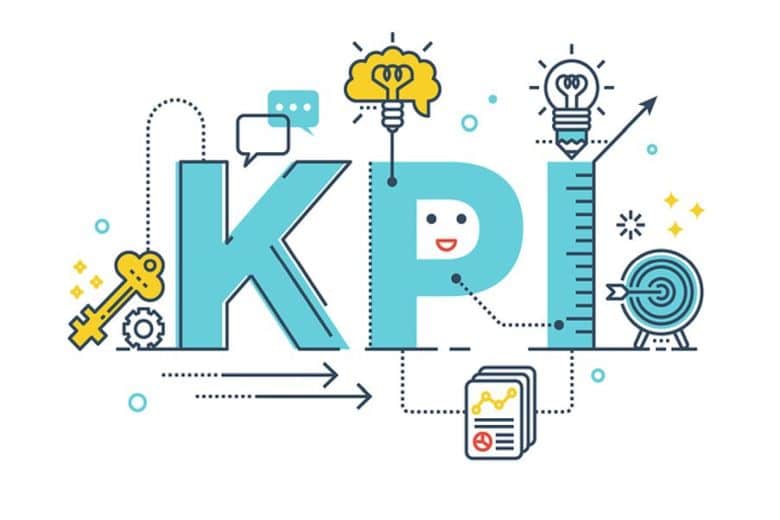Key Performance Indicators, or KPIs, help contract managers measure progress and achieve goals against contracts. When designed and used optimally, KPIs play a role in driving actions and can have significant effects on results and projects.
Contract KPIs can be grouped into several categories, of which the most useful tend to be Contract Value, Contract Incidents, Contract Monitoring, and Contract Renewal. According to The KPI Institute, several specific KPIs from within these categories stand out as the KPIs to actively monitor.
1. Annualized Contract Value (ACV)
ACV is useful with high-renewal rates since it aggregates the value of all recurring contracts. It is also useful when comparing rates of, and revenue from recurring contracts against new contracts and against lost revenue as a result of contracts not renewed.
2. Terminated Contract Remaining Value (TRV)
Especially useful with service contracts, TRV helps you prevent lost revenue by highlighting outstanding bills, unbilled amounts, and credit amounts. It is also a helpful indicator in highlighting contract performance when used in conjunction with rates of terminated contracts against existing contracts.
3. Order Value Variance from Original Contract Value (OVV)
OVV can point out areas needing improvement, such as client communication and contract goal assessment. It includes those changes due to errors, changes of scope, and existing conditions that could have been discovered. Generally, a value of less than 5% is acceptable, while a value greater than 10% is considered failing.
4. Vendor Fraud
This KPI is crucial in increasing awareness and detection of unnecessary costs and to measure the effectiveness of risk management. A 2010 survey by the Association of Certified Fraud Examiners indicates that on average, fraudulent activity will go undetected for 18 months, and that 24% of reported fraud involve billing schemes. The Vendor Fraud KPI allows you to discern the best methods for detection and prevention, the stage of the contract most vulnerable to fraud, and the most effective defenses against fraud.
5. Compliance
Contract compliance is key to effective contracting. According to IndustryWeek, organizations with a well-defined contract compliance process achieve up to 80% in savings when compared with other organizations. The indicator provides insight into whether your organization needs improvement particularly with contract repository and contract management.
6. Quality/Complaints Resolved
Quality is simpler to calculate in a manufacturing-related contract, where the measure is usually defects per million, and the trend over time highlights improvement, or the lack of. The measure, however, is harder to define with a service contract. One approach is to employ a percentage of valid complaints resolved and time to final resolution.
In summary, KPIs provide powerful tools to achieve contract success. Generally, they are effective when designed behind articulated objectives. One approach is to create 3-5 categories of key objective areas, similar to those listed above, and then to build KPIs within those categories.
Post by: Laura Fagundes


